0 导语
随着互联规模的扩大,新设备、新控制、新技术的投入,电力系统暂态特性变得更为复杂。暂态失稳不仅可能表现为非周期失稳,还可能表现为阻尼转矩不足导致的振荡失稳。本文提出一种基于卷积神经网络的方法,在线应用时不仅能判断暂态稳定性还能预测出失稳模式。
Convolutional neural network-based power system transient stability assessment and instability mode prediction
Zhongtuo Shi, Wei Yao⁎, Lingkang Zeng, Jianfeng Wen, Jiakun Fang, Xiaomeng Ai, Jinyu Wen
期刊名字:Applied Energy
Abstract
Online transient stability assessment (TSA) is vital for power system control as it provides the basis for operators to decide emergency control actions. But none of the previous TSA research has taken into consideration the difference between two instability modes (aperiodic instability and oscillatory instability), which may threaten secure operation of power system. To address this problem, a TSA and instability mode prediction method based on convolutional neural network is proposed. The method takes the bus voltage phasor sampled by phasor measurement units (PMUs) during a short observation window after disturbance as input, and outputs the prediction result promptly: stable, aperiodic unstable or oscillatory unstable. The end-to-end model automatically extracts needed features from the raw measurement data, thus freeing itself from reliance on expertise. At the off-line training stage, stochastic gradient descent with warm restart (SGDR) optimization algorithm is employed so that the model tends to converge to ‘flat’ and ‘wide’ minima with better generalization ability. Case studies conducted on New England 39-bus system and Western Electricity Coordinating Council (WECC) 179-bus system demonstrate superior accuracy, adaptability and scalability of the proposed method compared with conventional machine learning methods. Furthermore, the proposed model is empirically proven to be robust to PMU noise and loss.
1 研究背景
暂态稳定性是电力系统设计、规划、运行都必须认真研究的重要问题,很多大停电事故就是由于暂态失稳引起。在现代电力系统中,互联规模的增大,新设备、新技术、新控制的投入等因素使得系统暂态特性变得更加复杂,暂态失稳不仅可能表现为同步转矩不足所致的非振荡的功角滑移(非周期失稳),也可能表现为阻尼转矩不足所致的振荡失稳。两种失稳模式的主导因素不同,因而应采取的控制措施也不一样。只有快速准确地预判出系统暂态稳定性以及失稳模式,才能及时、有针对性采取相应的控制措施,保障系统在大扰动后的安全稳定。
2 论文所解决的问题及意义
采用数据驱动的深度学习方法,本文提出一种基于卷积神经网络(convolutional neural network, CNN)的暂态稳定性及失稳模式预判模型。该模型能从原始量测数据中自动提取所需要的特征,摆脱了对专家经验的依赖。采用SGDR(SGD with warm restart)优化方法,该模型具有更好的精度和泛化能力。同时模型对于PMU通信质量还有较好的鲁棒性。将该模型部署到电网控制中心后,调度员可根据模型对稳定性的预判结果采取针对性的有效控制措施,从而保障系统的安全稳定。
3 论文重点内容
1)暂态稳定性及失稳模式模预判模型整体框架
如图1所示,模型整体框架是通过卷积神经网络CNN建立起从故障后一个较短时间(观测窗口)内的量测数据到稍长时间后的稳定状态的映射关系。具体地,通过PMU和WAMS获得的母线电压时序数据首先经预处理变换为类似图像像素的多通道网格结构(图2),因而适合于用CNN处理。其后多个卷积层、全连接层完成特征学习和分类任务,并将其映射到三种稳定状态对应的标准化概率:稳定、非周期失稳和振荡失稳。这样在线应用时,故障发生后较短时间内就能预测出系统的稳定状态。
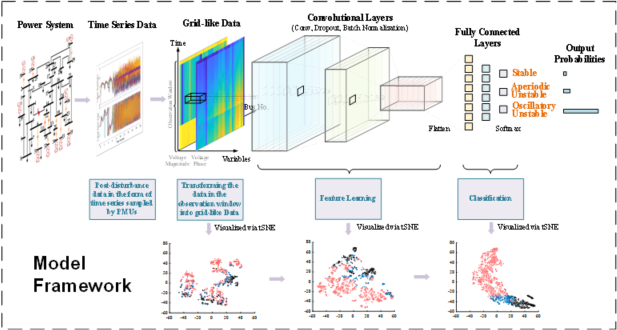
图1 模型整体框架
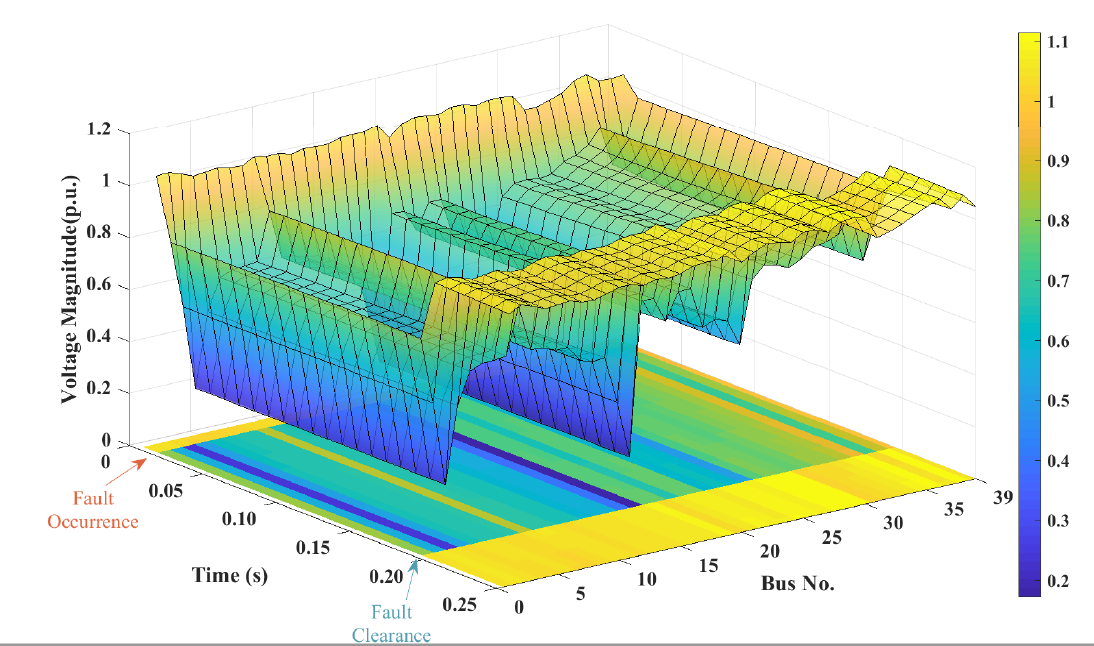
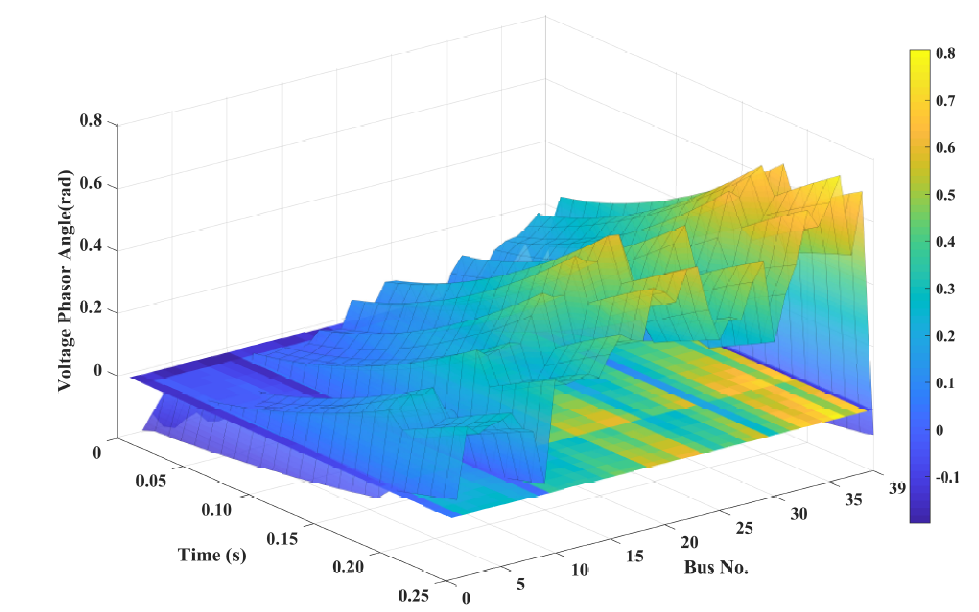
图2 模型输入(母线电压相量)的热图示意
2)带热重启的随机梯度下降(SGDR)训练算法
在离线训练阶段,采用SGDR优化方法,周期性地调节学习率。在一个周期内,学习率按余弦函数形式下降,使得模型能迅速收敛到最近的局部最优点;而在一个周期结束时,突然将学习率调整到最大值,迫使模型跳出局部最优,重新进行参数学习。这样经过反复调节,模型将更可能收敛到“宽而平坦”的最优点,从而具有更好的泛化性能。
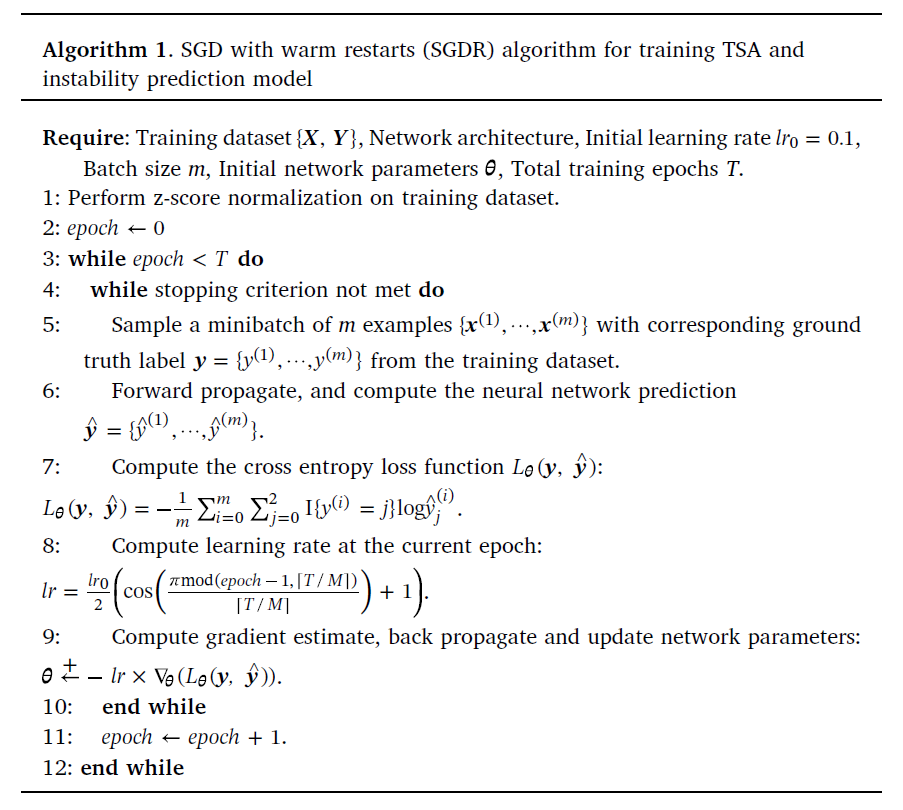
3)在标准测试系统IEEE-39 bus系统和实际电网WECC-179 bus的测试
在标准测试系统IEEE-39 bus系统的测试表明本文方法相比传统机器学习方法具有更高的精度和更好的噪声鲁棒性。tSNE可视化结果证明了CNN强大的特征提取能力(图3)。测试还证明了模型对于PMU信号丢失P-1,P-2的情况,仍能保持较高的准确性(图4)。在美国西部电网WECC的测试表明,该模型有很好的精度和可扩展性。
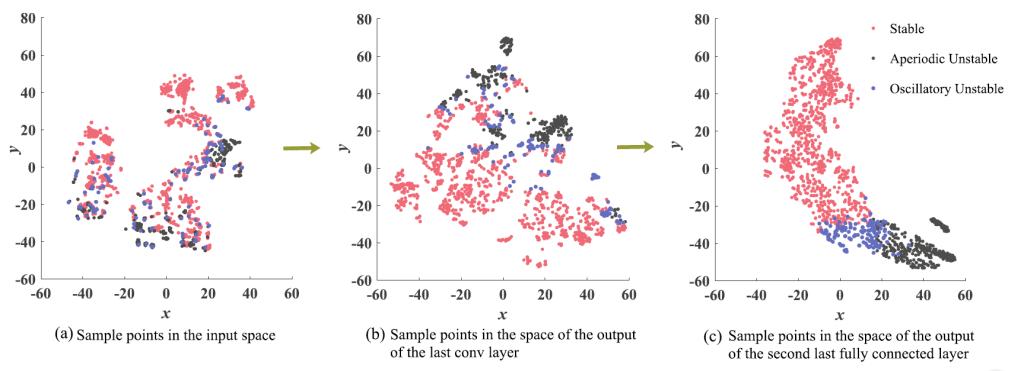
图3 测试样本在神经网络不同层次空间的可视化
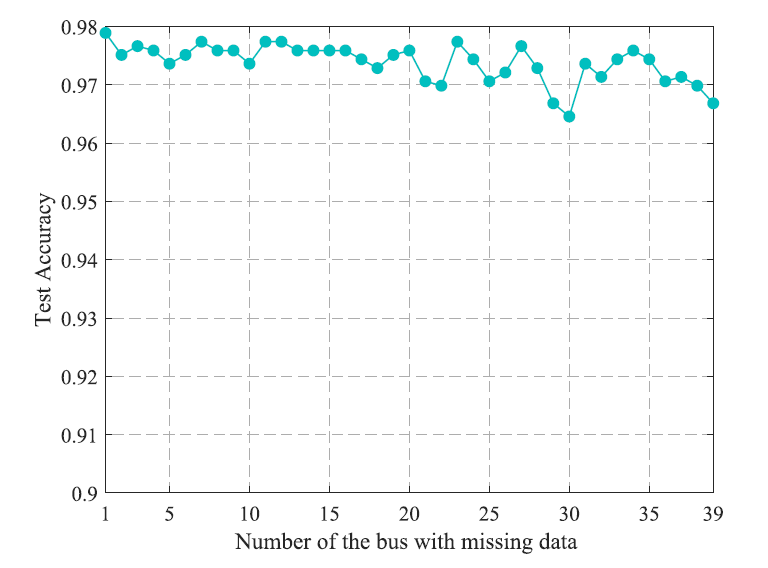
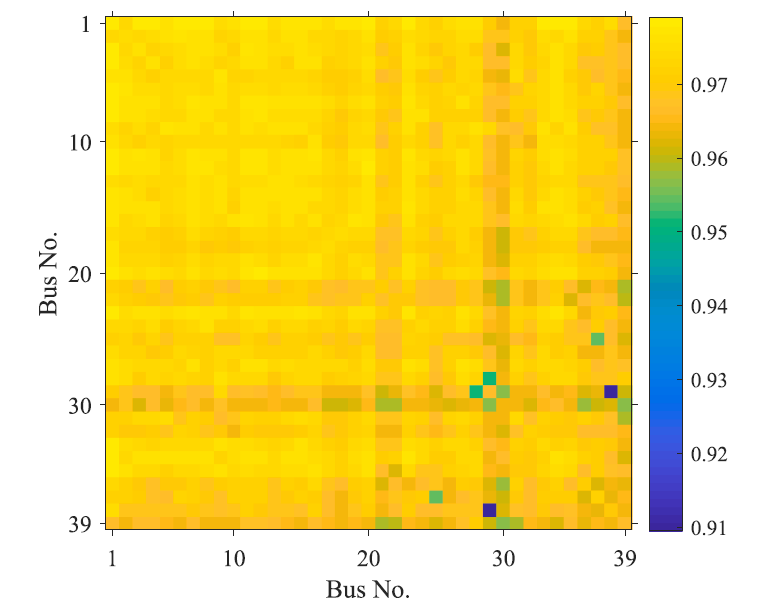
图4 模型在PMU信号丢失情况下的判断准确率
Conclusion
This paper proposes a transient stability assessment and instability mode prediction method, solving the problem of the existing research ignoring the oscillation instability caused by insufficient damping torque. The method is implemented with deep neural networks, consisting of a convolutional network and a fully connected network. The model can quickly and accurately predict the transient stability and instability mode, that is, stable/aperiodic unstable/oscillatory unstable, thus providing a basis for what emergency actions should be taken. The method can automatically discover needed representations for classification and prediction, freeing the dependence of feature extraction on heavy manual work. At the model training stage, SGDR algorithm is employed to gain better generalization ability. Case study results obtained on both New England 39-bus system and Western Electricity Coordinating Council 179-bus system reveal that the proposed method can achieve superior assessment accuracy compared with conventional methods, and the performance does not reduce as the system grows in scale. Representations of three different layers of the deep model visualized by tSNE show the effective feature extraction ability of CNN. Moreover, case study results demonstrate that SGDR training algorithm improves the accuracy to a certain degree than SGD. Besides, case studies demonstrate that the model is robust to PMU noise by imposing noise to training datasets. Furthermore, the model is empirically proven to be robust to PMU loss.
After the proposed model is deployed in the control center, it can accurately and early detect whether the system will be unstable after being subjected to large disturbance and what mode the instability is. Then operators can take correct and targeted emergency control actions in a timely manner according to the prediction results, thus effectively ensuring the safety and stability of the system. In our work, data processing is centralized at the control center. But in practice, there may be communication delays and blocking problems. Future work will focus on the decentralized implementation of the transient stability and instability mode approach. And as modern power systems are increasingly integrated with renewable energy, the impact of renewable energy generation to transient stability assessment is also an interesting research direction. Moreover, this work will also extend to other types of instability modes such as voltage instability and frequency instability, to provide a more complete basis for emergency control actions. The online re-training of the model is another important direction to extend the work presented here.
引文信息
Zhongtuo Shi, Wei Yao, Lingkang Zeng, Jianfeng Wen, Jiakun Fang, Xiaomeng Ai, Jinyu Wen. Convolutional neural network-based power system transient stability assessment and instability mode prediction[J]. Applied Energy, 2020, 263: 114586.
https://doi.org/10.1016/j.apenergy.2020.114586
作者简介:石重托(1997),男,博士研究生,研究方向为人工智能在大电网分析与稳定控制中的应用,zt_shi@hust.edu.cn。
期刊简介:Applied Energy,一区SCI,影响因子:8.426(2018年)。收稿范围包括:化石能源和可再生能源的创新技术和系统,清洁能源的工业利用和家庭使用,同时包括建模和预测,以及能源政策及其对环境、社会和经济的影响。